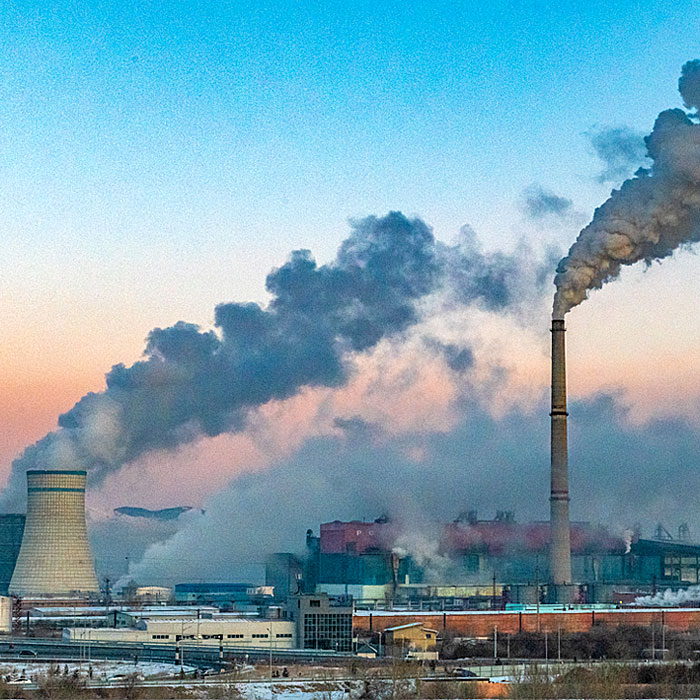ADB has placed combating climate change and its consequences at the top of its development agenda. The bank is therefore scaling up support to address climate change, disaster risks, and environmental degradation, elevating its ambition to provide $100 billion in cumulative climate financing from its own resources to its developing member countries for the period 2019-2030.
The bank supports policies, practices, and technology that lower greenhouse gas emissions and is mainstreaming a comprehensive approach to climate and disaster resilience. The bank’s work also focuses on promoting environmental sustainability and highlighting the link between water, food, and energy.
ADB is promoting climate and disaster resilience in the region by investing in water supply, sanitation, irrigation, flood control, transport and energy infrastructure. Investment in climate and disaster resilience can contribute to sustained economic growth, poverty reduction, and enhanced natural resources management.
ADB is also engaged across Asia and the Pacific in supporting sustainable forest management and conservation efforts, as well as agricultural land use improvements, to promote carbon conservation.







